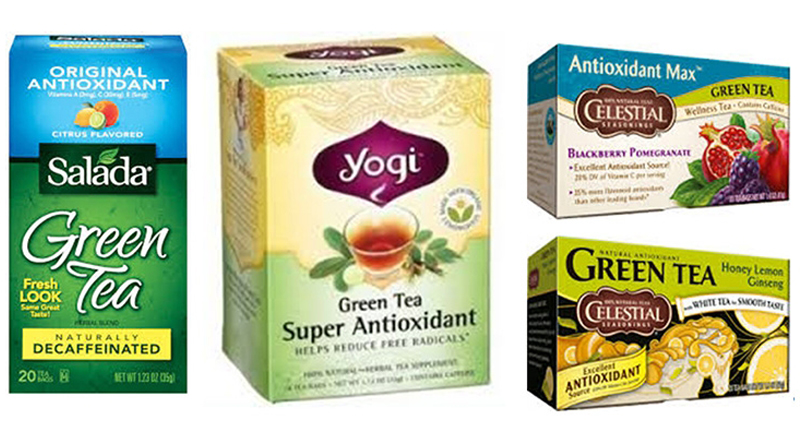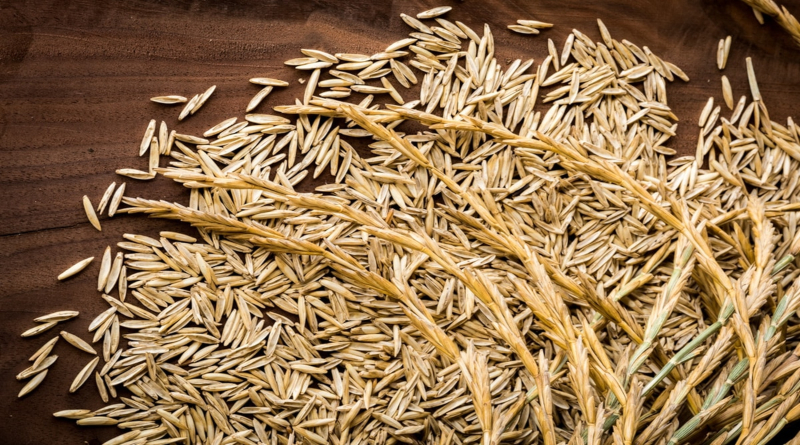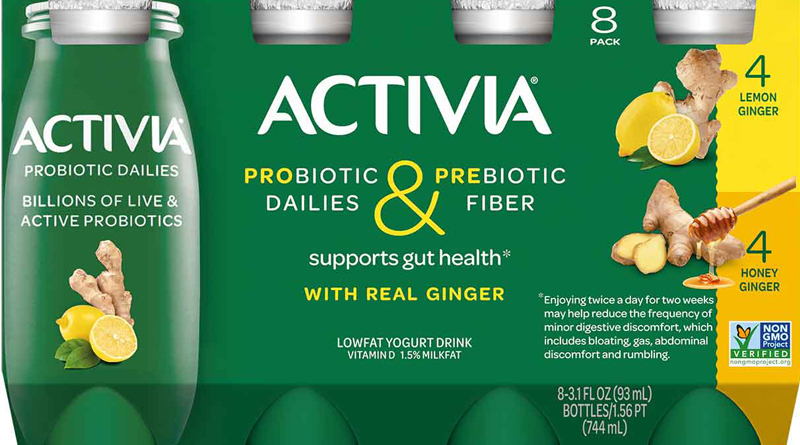Are ready-to-drink teas as healthy as consumers think?
Does tea have health benefits? Yes. Generally speaking, when tea is brewed and consumed relatively quickly, it provides many health benefits that come mostly from antioxidant polyphenolics naturally present in tea. Today, tea has become hugely popular because it provides the nutritional health benefits and everyday convenience that consumers are looking for in functional beverages.
Antioxidants. Antioxidant benefits are probably the most well-known natural benefits of tea, and products that claim to contain “antioxidants” are readily available. Tea’s strong antioxidant capacity comes from tea catechins, which are a unique group of flavonoids present only in tea and chocolate and are known for providing higher amounts of antioxidants than other known polyphenolic compounds, such as those present in fruits and vegetables.Since antioxidants have numerous positive impacts on human health including free radical reduction, cancer prevention, and lowering the risk of heart disease, they are considered the most important functionality that tea and other plants can provide.
Increased energy. Another large perk of tea is its natural energy boost. Tea is now being used as an ingredient in products such as energy drinks, energy shots, stick packs and protein powders, which allows for these products to be made with fewer artificial ingredients, and therefore appeal to consumer’s growing interest in healthy consumption. Tea itself is also being advertised as an energy source in the U.S. There is a claim on many energy products that states, “provides energy for improved performance,” which has been proven true in many clinical studies where tea is the main test ingredient. According to a study conducted by Panza et al, 2008 in Brazil, antioxidants in green tea may increase the benefits of strength-training exercises by reducing detrimental effects of oxygen-related stress because of the natural presence of caffeine and flavonoids (Nutrition, 2008)1.
Muscle recovery. Tea is also a valuable ingredient in the category of sports nutrition because tea has muscle recovery functionality. As compared to the other benefits of tea, this is one of the most up-and-coming reasons to consume tea. Its benefits have been proven true in many clinical studies. For example, when 14 athletes consumed antioxidant-rich green tea three times a day for seven days, oxygen-related stress caused by increased free radical production during resistance training was reduced because of the green tea’s superior antioxidant capacity from catechins. This result suggests that green tea extracts can be used in sport drinks to help with recovery from fatigue and reduce stress from exercise (American Journal of Clinical Nutrition, 1999)2.
Weight management. Drinking tea helps people lose weight because it prevents lipid and carbohydrate absorption, suppresses appetite, and boosts metabolism. Since weight management requires a lot of tea polyphenolics to spur weight loss, weight management products with a tea base generally exist as dietary supplements, which contain a highly-concentrated form of tea polyphenolics. This allows weight loss to be jump-started with polyphenolics (tea catechin) and caffeine.
Immunity protection. Generally speaking, tea is a well-known immune system booster when it is freshly brewed. Teas claiming “immune support” are available in the tea market and are growing in popularity. These teas are made with Camellia sinensis, and are typically herbal teas.
Anti-aging. Anti-aging benefits come directly from antioxidant activity, and tea naturally has anti-aging capabilities because of its high levels of antioxidants. Several teas claim anti-aging ability, but many consumers believe putting tea extract directly on the skin provides better results. Thus, cosmetics in the anti-aging category made with tea extracts are becoming more popular.
Real Health Benefits of Tea
The tea drinking culture in the U.S. is unique compared to other tea drinking countries because about 80% of tea consumed in the U.S. is served chilled.3 This is attributed to the rapid expansion of the ready-to-drink (RTD) tea market. Many consumers are shifting toward healthy beverages, and it has made tea the seventh most popular beverage, following soft drinks, water, beer, milk, coffee, and fruit beverages in the U.S. beverage market.4
These days many people drink tea on a daily basis because it is convenient, many exotic and enticing flavors are available, and it can be made hot or cold, depending on a consumer’s mood or the season. Most importantly, consumers view tea as a healthy alternative to soft drinks. This certainly holds true when drinking brewed tea, but the same healthy perception might not always be true when drinking RTD tea. RTD tea often does not contain the same number of polyphenolics as its brewed counterpart, despite how it may be labeled.
Therefore, when considering if the tea you are drinking is really healthy, it is important to note RTD tea claims. Many RTD teas state the antioxidant polyphenolic values on the label, which range from 60 to 130 mg per serving. It may also claim the polyphenolic values on the nutritional facts panel: “contain xx mg per serving of natural antioxidant, tea polyphenols, and/or flavonoids.” Naturally, consumers think they are getting that amount of antioxidant polyphenolics when drinking the tea; however, that may not be the case. The following is a more in-depth look at this matter based on a scientific approach.
A Matter of Method
Polyphenolic values are usually measured by the Folin-Ciocalteu method (simply referred to as the Folin’s method), which is a standardized method used by both the U.S. Tea Association and the International Organization for Standardization (ISO) to measure the total polyphenolic content in tea beverages. The problem with this method is that it also detects non-polyphenolic compounds because they have similar reducing capacity to polyphenolics. The Folin’s method measure is defined as the total polyphenolic content expressed as gallic acid equivalent based on reducing capacity of all reducing compounds. This means the number determined by the Folin’s method includes not only polyphenolics, but also non-polyphenolic compounds that have reducing capacity, such as carbohydrates, proteins, saponins, and ascorbic acid, which are naturally present in tea. Also, some common RTD tea additives—ascorbic acid (to protect flavor), caramel color (to mimic natural tea color, and tannic acid (to mimic natural tea astringency and bitterness)—particularly inflate the polyphenolic value.
What this means is that it’s hard to say whether the polyphenolic claim on RTD tea actually reflects the true polyphenolic content when it is determined by the Folin’s method. To support this hypothesis, 23 commercial RTD commercial teas were tested in the tea research lab located at Synergy Flavors. Analytical results of averaged polyphenolic values showed the number (inflated value) determined by the Folin’s method was 2.6 times higher than the number (real polyphenolic value) by HPLC (high performance liquid chromatography—quantified polyphenolic compounds only).
The reality is consumers may only be getting about 40% of the health benefits they think they are getting, or that are declared on a RTD tea label. Is this a false claim or just an inappropriate analytical method? No matter where the truth lies, consumers should be educated about their food and beverage choices.
Youngmok Kim, PhD, is senior research scientist at Synergy Flavors. He has a masters degree in food science from the University of Florida at Gainsville, FL and a PhD in food science from Texas A&M University at College Station, TX. As a tea senior research scientist, he actively conducts research on tea, tea beverages, tea ingredients and the health benefits of tea. He also develops new functional and natural products with enhanced color, stability, clarity and nutritional value by operating analytical instruments for qualitative and quantitative data.
Source: Nutraceuticals World










